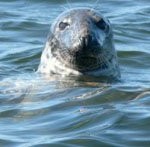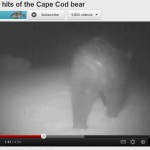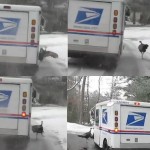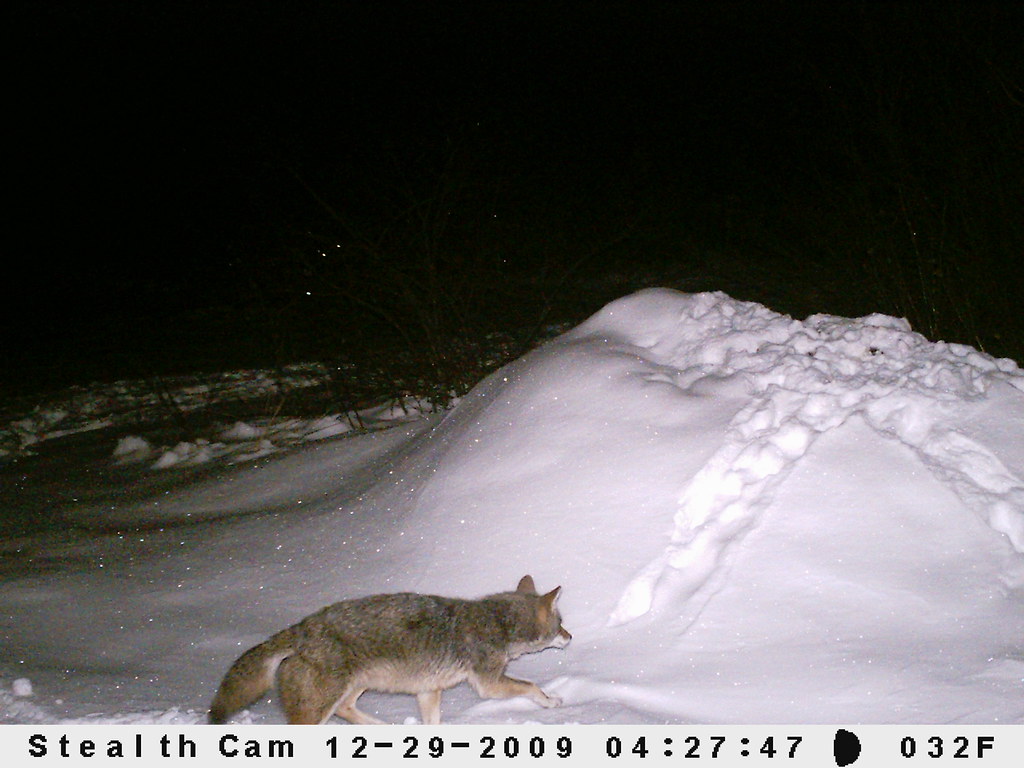
Cape Cod revels in its shark attack. You’ll see all kinds of shark souvenirs and you can try to see one on a boat tour to see seals (what the sharks are after).
Keep reading Cape Cod loves its seals–and now sharks, too
 Cape Cod revels in its shark attack. You’ll see all kinds of shark souvenirs and you can try to see one on a boat tour to see seals (what the sharks are after). Keep reading Cape Cod loves its seals–and now sharks, too  Crows thrive on Cape Cod, especially in the winter, when thousands live on the Cape, then roost on Martha’s Vineyard. Bostonians can see roosts in Roxbury and Shopper’s World. Keep reading Crows love Cape Cod  The Cape Cod bear has been amusing Cape Cod since Memorial Day, but MA sent him back to the mainland for causing a spectacle. Poor guy. His mom probably just kicked him out so she could find a new mate. Either that, or he was looking for a girlfriend. Keep reading Black bear who sought romantic vacation on Cape Cod sent home  Cape Cod bird farmers say a wild turkey throwing himself at a mail truck is just looking for a mate. So town officials can probably lay off the dragnet. Keep reading Cape Cod wild turkey going postal could be mating frenzy misdirected towards mail truck  My family in Illinois shares theories and gossip about the resident coyotes. Living in New York, I miss out. So I wanted to contribute to the family pastime when I visited over Christmas. The new tools this year: a game camera and Suburban Howls from John Way of the Eastern Coyote Research. The camera is great to see what’s going on at night, but Way’s book was exactly what we need to figure out what was going on. My sister Mary Ann has been tracking these coyotes–really coywolfs–the longest. Like many animal-watchers, she gives them names based on their appearance or behavior, such as Fluffy, with the thick coat. Fluffy had pups this spring and in the fall a friend found the den in a thicket. Last year I got Mary Ann a motion-activated camera designed for hunters, which she more or less ignored. Ok, she claims to have put it out but got nothing but raccoon pictures. We could see in the snow that two compost mounds were clearly high-value real estate in coyote-world. They had tons of tracks and pee. We set the camera there and got a picture the first night. But without some knowledge of coyote world, we didn’t know how to explain what was going on. That’s where we really need Suburban Howls. Way does a great job of synthesizing the body of knowledge on eastern coyotes or coywolves and describing his own research and findings. We had theorized the coywolves liked the mounds Keep reading Enjoying Your Local Coyotes (or Coywolves) 
New Englanders want to see sharks; that much is clear from the way they’ve crowded Chatham on Cape Cod in recent weeks, hoping for a glimpse of the sharks preying on the seal colony. There were enough sharks to close some beaches, but not really enough to make shark-watching successful. Few would-be shark tourists realize that New England is starting to have a thriving shark cage-diving industry, with three tour companies, one right on Nantucket. Bryce Rohrer led shark cave dives off South Africa, the shark cage dive Capitol of the World, then realized he could start Nantucket Shark Divers closer to home. Rohrer grew up fishing in the area, but “that slowly evolved into ditching the fishing rod for a camera.” He knew there was enough sealife tantalizingly close to shore to make a good trip. “Not many people know sharks out there,” he says. “It’s a very attractive spot for people. The bottom line is there’s a ton of wildlife around there, lots of whales, sharks, dolphins–all the things people care about.” This year he’s lead some free-diving tours–no cage, no airtanks–just a snorkel. He’s got a few warm, relatively shallow spots 10 to 40 miles off shore. Next year, he’ll also have a shark cage, which goes in the water behind the boat. He’ll let divers venture out of the cage at their own pace once they’re comfortable. He also has options for people like me, who can’t swim and are a little chicken; you Keep reading Shark Cage Dives–Right in New England  Yesterday we reported on how the Great White Sharks that are closing beaches on Cape Cod are also drawing shark tourists. Today another seal boat captain tells us they’re looking in the wrong spot. Captain Keith Lincoln of Monomoy Island Ferry says that people are mistakenly hanging around Chatham Lighthouse since that’s where the shark was first sighted by kayakers a eating a seal in August. “That is all due to the misleading information given by the media,” says Captain Keith. “Massachusetts Department of Fisheries page shows all the taggings being done three miles south of the lighthouse near the area where South Beach and South Monomoy Island attached in 2006.” Looking at the Fisheries map here, he’s totally right. Excellent tip, Captain Keith. (Though they do also show pictures of sharks offshore of the lighthouse.) He also warns that even if you’re in the right place, the odds of seeing a shark are pretty impossible. The tagging teams use spotters on planes and perches 35 feet out of the water.Captain Keith reports he’s “calls about seeing the sharks, which is nearly impossible to guarantee.” I think the seal tourists of Cape Cod have gotten spoiled; the tour boats can guarantee sightings because they’re dealing with the east coast’s biggest colony of gray seals, which is somewhere around 10,000. Normally wildlife watching is no sure thing. Captain Keith, a 20-year veteran of the seal tours, says the sharks (and attendant media frenzy) come every year. “I think this year Keep reading Cape Cod Shark Update: Look Further Up the Coast, Captain Says  When news got out that Chatham, MA’s, gray seal colony–the biggest on the east coast–was drawing sharks that closed beaches, a funny thing happened. Or didn’t happen. Instead of running away scared, more tourists came to this little town on Cape Cod’s elbow to see some sharks, hoping for a picture, or at least a glimpse. “It’s a big draw,” says Lisa Franz, executive director of the Chatham Chamber of Commerce. “We have traffic jams… People are still walking in today and saying ‘Where can we see them?’” Tony LaCasse, a former veteran Boston TV newsman, says years ago local TV news would’ve been filled with scared would-be swimmers. But that was before years of education that drilled home how very unlikely it is to be bitten, let alone eaten, by a great white shark in New England. (Last fatal attack: 1936) Now we get shark tourists. “It’s a long way from Jaws,” says LaCasse, where the premise was they couldn’t possibly close the beach on the Fourth of July. The sharks are coming because the water is (briefly) warm and because the seal population has grown unchecked–well, that is, until the sharks showed up. Seal populations were kept artificially low for decades–maybe centuries. Until the 1960s, Massachusetts even paid a bounty for each seal (“a nickel a nose” in the early 1900s). Now seals are making a comeback. Cape has the biggest population on the American east coast, with roughly 10,000 (no one’s done a formal count since Keep reading Sharks (& The East Coast’s Biggest Seal Colony) Draw Tourists |
|
|
Copyright © 2024 AnimalTourism News - All Rights Reserved |
|
Recent Comments